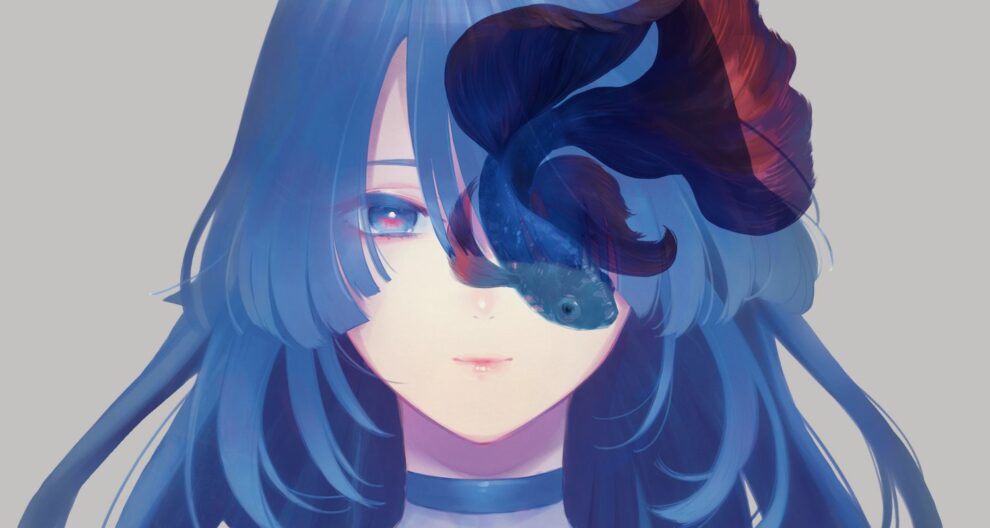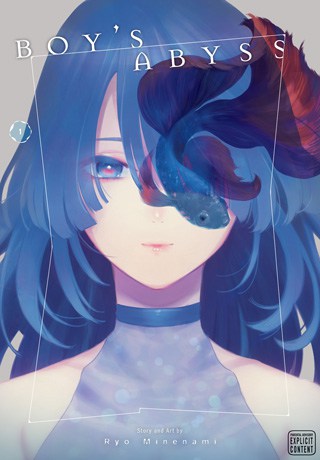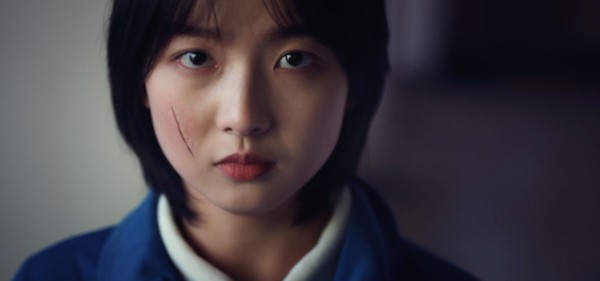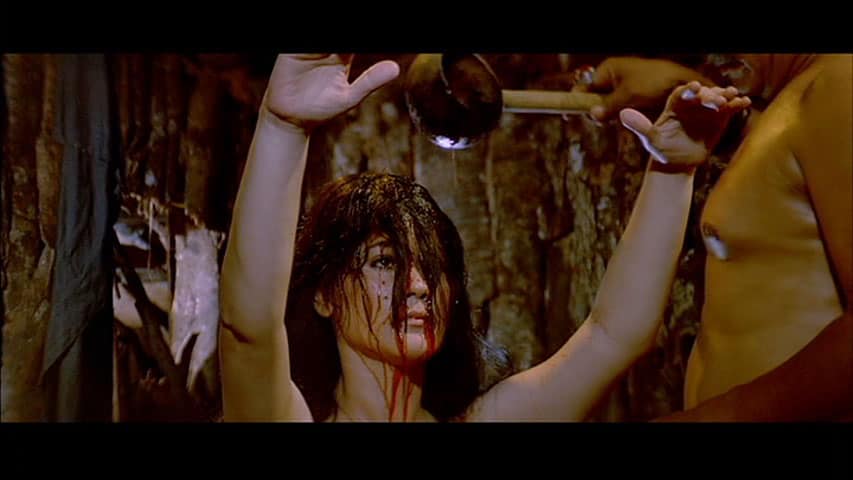“Reiji's mother is checked out, he's stuck caring for his grandmother with dementia, and his childhood friend treats him like a lackey. Then beautiful, big-city pop star Nagi miraculously shows up working the counter at the local convenience store. Reiji is starstruck. When she offers him the ultimate way out of his claustrophobic existence, will he succumb to temptation…?” (Viz Media)
Capturing the anxiety that can come with isolation and throwing in a teenage masturbatory fantasy turned nightmare, Ryo Minenami's “Boys Abyss” is an uncomfortable read. Yet, for those who seek challenging subject matter with a tinge of intense psychological drama (looking at you fans of Inio Asano & Shuzo Oshimi), the manga packs quite a wallop within its opening volume. While many will appreciate the book at face value, its sensational premise/dark romantic focus, there are subtleties to the book that put it on par with the other iconic creators that are able to navigate the darker side of the human condition. Consequently, Ryo Minenami showcases an understanding of how it feels to struggle with mental health and the pitfalls that exist out of desperation.
This sentiment resonates with the small-town experience, knowing the majority of people's names and the pressure that can come from feeling the need to meet the expectations of many. While strong community bonds can have positive effects, the lack of anonymity can be stifling for those awkwardly going through life and conscious of how others view them–essentially every teenager. Consequently, “Boy's Abyss” establishes Reiji as the quintessential tragic figure in the small town setting, stuck, alone, and burdened by obligation (in this case a broken family).
While there is no simple solution for those caught in this kind of malaise, “Boy's Abyss” presents a ‘worse case scenario' of a mentally disturbed pop idol seeking refuge and death in a small town, honing her trauma on Reiji. It is this meeting that is the crux of the drama and expresses anguish within the series, for the reader it is a formula that is equal parts frightening as it is enticing.

There is a lot to unpack in the inaugural release, and with a ways to go for the story to unfold the series still exists in a space of uncertainty as to how it will navigate difficult subjects and mental health struggles. However, the introductory volume conveys the ability of Ryo Minenami to navigate through sensitive material with clarity that reflects a creator conveying her own past struggles. Romanticized or not, there is sincerity to the character's struggles that conveys confidence in the subject matter.
Unfortunately, “Boy's Abyss” visual presence is not as engaging as the story itself, lacking panels that would give readers a reason to pause and admire the work. However, and arguably more importantly for a title of this ilk, Ryo Minenami excels at hitting those beats that capture teenage uncertainty, lust, and sorrow. Notably, Minemi expresses an understanding of when to let words linger by following up with a textless panel. This is a skill set that is not always utilized skillfully but is key to capturing visceral moments–an absence left to contemplate the severity of what came before it.
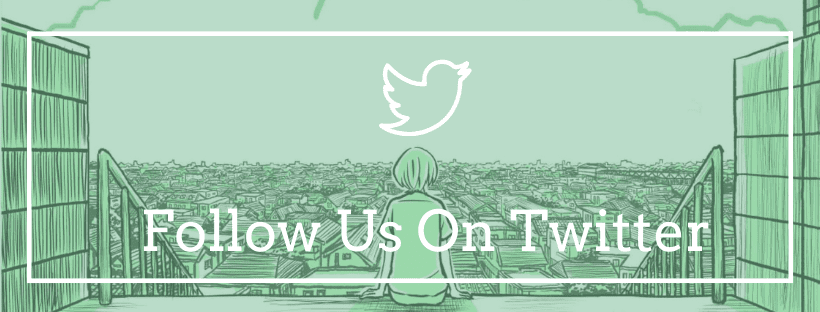
Part of the “Viz Signature Collection“, Ryo Minenami's work perfectly fills that niche of impactful work aimed at mature readers. While one has to temper their expectations for an inaugural release, “Boy's Abyss” has the makings of a classic, albeit for those that purposely seek out manga that challenges the reader and dwells on uncomfortable themes. Personally, it is one of the series I'll be most excited about collecting in 2023.


